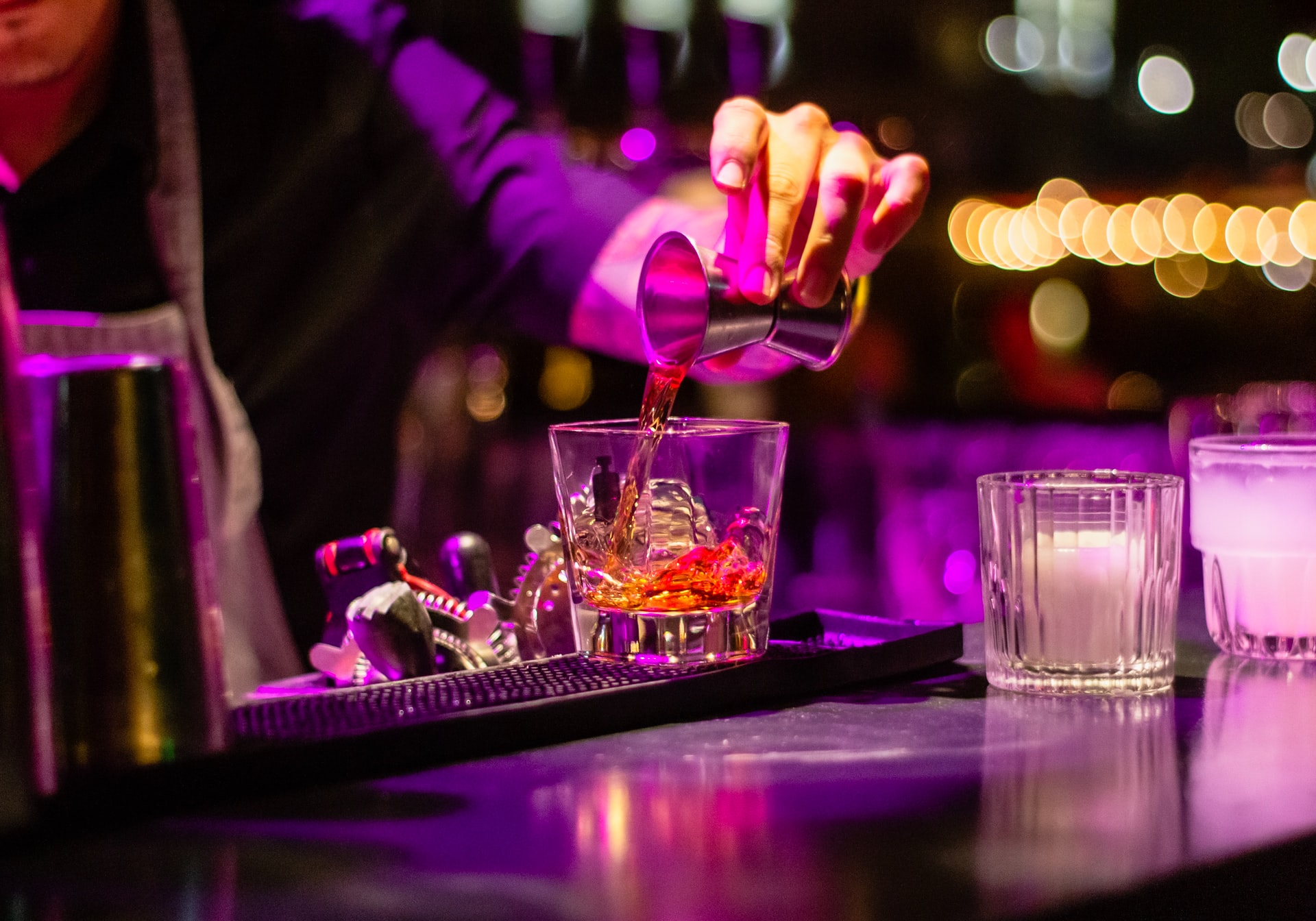
Comment Editor Phoebe Snedker criticises the lack of action taken to ensure the safety of women and young people when it comes to the spiking epidemic, arguing that enough is enough
CONTENT WARNING * This article references drink spiking, which some readers may find distressing *
Since the reopening of pubs, clubs, and the general return to ‘normality’ when it comes to nightlife, the already prominent issue of drink spiking cases has soared to new heights. I am sure we have all seen the posts circulating around Instagram at the moment – particularly ‘@Upsettingpints’ ‘How to recognise a drink that’s been spiked’ slides – encouraging vigilance and the best ways for people to deal with suspected victims of spiking. What really bothers me, though, is that the majority of coverage on this issue is informing people how not to get spiked, rather than addressing the actual perpetrators themselves. Why should it be the general public’s responsibility to not be drugged and made vulnerable on a night out? The general victim-blaming narrative surrounding drink spiking has become far too normalised
The general victim-blaming narrative surrounding drink spiking has become far too normalised. Earlier this week, the University of Durham received mass backlash after an insensitive post suggested spiking is something students can ‘prevent happening to you and your friends’, in a since deleted tweet. Why should young people have to take these precautions in the first place? Such a narrative rings the same bells associated with many other predominantly female-based issues, such as sexual harassment and the general feeling of unsafety in British nightclub-culture. For years, women particularly have followed the ‘rules’ – staying in groups, never getting a taxi home alone, keeping an eye on their drinks, the list goes on. If all that needed to change was behaviour and cautiousness – which is an infuriating suggestion anyway – spiking cases would cease to occur as frequently as they do.
While it is great to see so many forms of innovative ‘protection’ against drink spiking being produced – such as scrunchies that double up as drink covers, or the anti-spike straw stoppers – this unfortunately is not a substantial way of putting an end to spiking. With it now being ‘more difficult’ to slip things into drinks, it seems date-rape injections is now the new route for spiking. This news is incredibly sinister and frightening to even contemplate – how far are people willing to go to make young people vulnerable and ‘easy targets’? Not only is the injection of date-rape drugs a horrific concept, it is also incredibly dangerous. With the origin of these needles being unclear, victims are being put at risk of contracting HIV/AIDS, Hepatitis B, and Hepatitis C, among other things. How can you possibly advise people to avoid being injected with something?
A victim of these injections told The Mirror “When it hit me I had been spiked, I was so shocked to realise this had happened to me as I take the safety measures given very seriously. I cover my glasses and I cover my bottles to make sure nothing goes in, but to realise I had been injected is terrifying.” Women are actively taking all of the safety precautions advised, being alert on nights out, and doing everything ‘right’ by the book, but they still cannot guarantee their safety. This is not a reality we should grow to accept or normalise.
These cases are not just limited to nightclubs and public spaces, either. An article by the BBC has suggested that drink spiking incidents at house parties have become the “biggest concern” for lead police officers tackling the crime in England. If spiking was not sinister enough of a concept, the fact that victims cannot even guarantee their safety in their own homes, or in the homes of people familiar to them, feels incredibly unjust. How can we possibly expect people to have to take precautions in spaces that should be safe to them? What we should really be considering is how are these substances so easily available to the people spiking their victims? Why is there not more being done to crack down on the perpetrators? How much longer can we brush these cases off as people being ‘irresponsible’, and allowing victims to feel shame and responsibility for what has happened to them? Asking for basic safety precautions for women and young people when it comes to nightlife and club-culture is like playing a broken record
It feels as if asking for basic safety precautions for women and young people when it comes to nightlife and club-culture is like playing a broken record. No matter how many times these cases of harassment arise, victims receive little more than insincere social media posts and lectures on how if they had tried ‘[blank]’, perhaps they would have been okay. Why should it be acceptable that so many people feel so much fear towards a night out?
It is crucial that more is done to keep these acts of violence at bay. Bars and clubs should recognise their responsibility towards their customers and implement more efficient ways to guarantee their safety. It is evident that levels of security need to be improved significantly; thorough searches and pat downs at the very least should be implemented, as I struggle to believe people could sneak these injections into clubs successfully if they were being searched to an appropriate standard. Until actual, feasible steps are taken to guarantee the safety of young people, nightlife is simply not a safely accessible factor of society for all of us, and this is not a reality we can normalise or accept.
More From Comment:
Do Women Earn Less Because they Choose the Wrong Degrees?
Why is Boris Johnson’s Government Doing So Little About The UK’s Rape Epidemic?
Lessons Learned To Date: The Government Should Be Facing More Repercussions

Comments